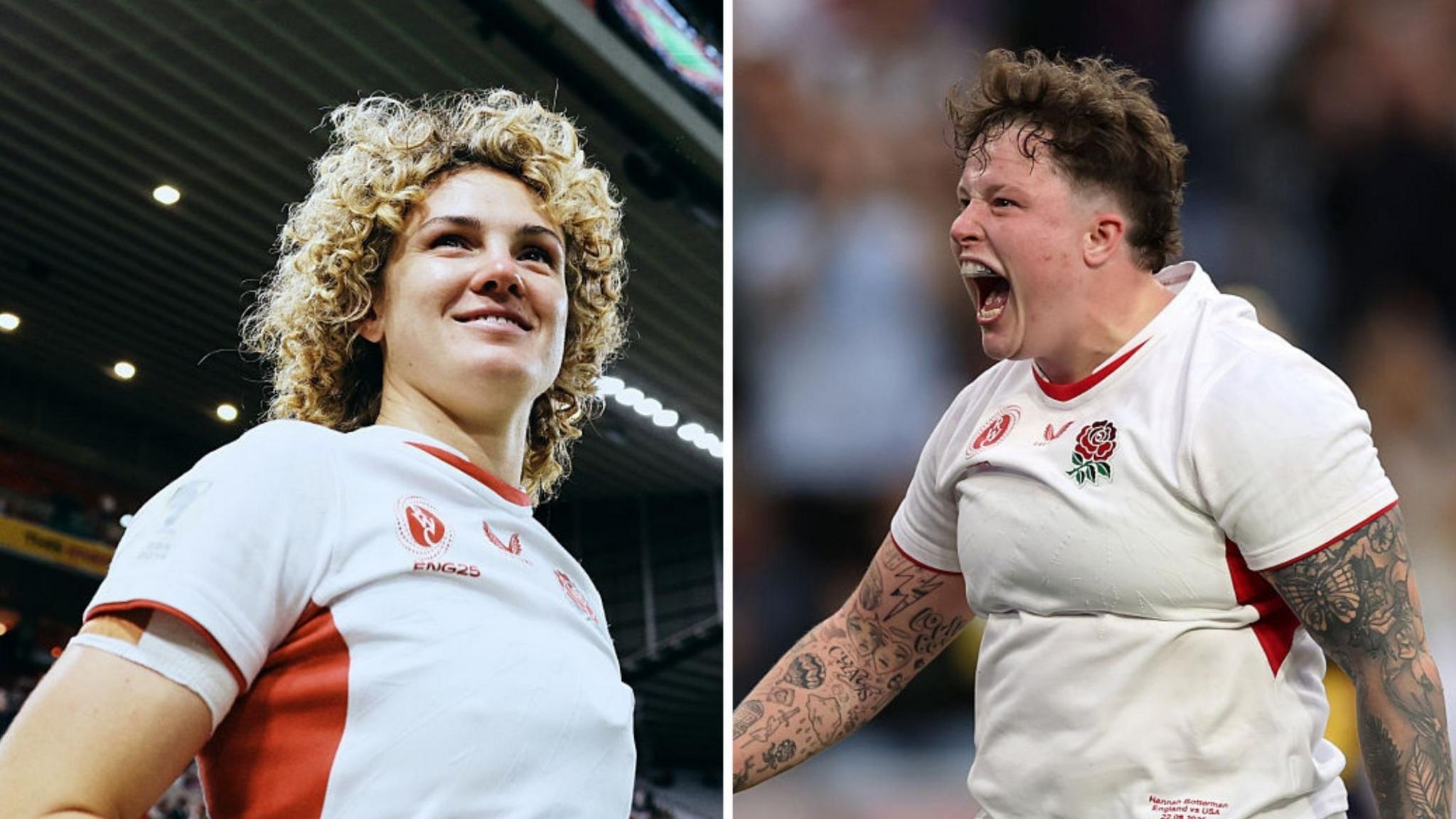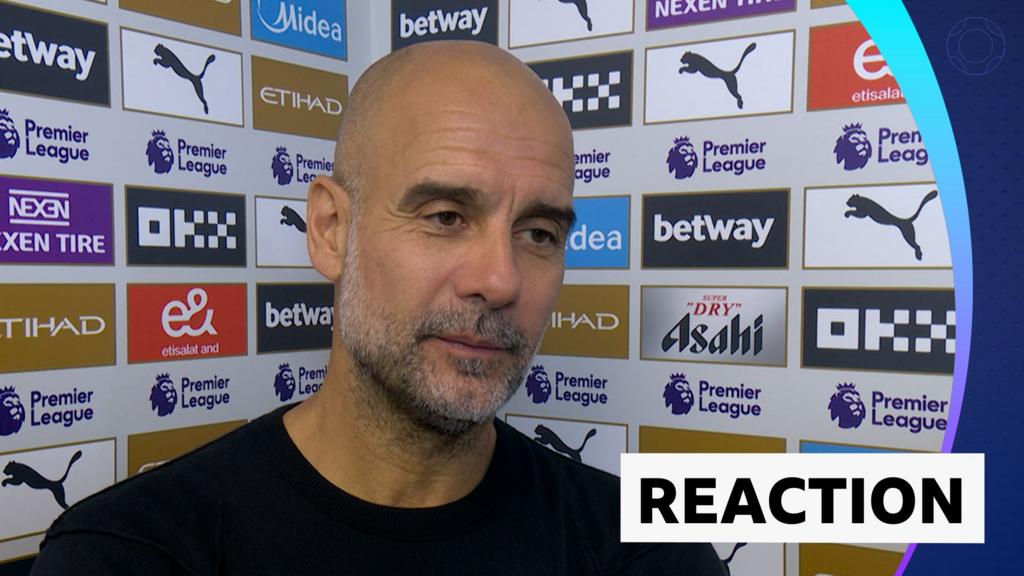- Comments
Ethical Diamond won the Ebor Handicap at York in a 1-2-3 for Irish-trained horses.
The 5-1 favourite, under William Buick for trainer Willie Mullins, came home first under the stands side in the £500,000 contest, the richest flat handicap race in Europe.
Henry de Bromhead’s Ascending was second, with Queenstown third for Aidan O’Brien.
Stressfree, running for David O’Meara, finished fourth.
Ethical Diamond, who also won the Duke of Edinburgh Stakes at Royal Ascot in June, was installed immediately after the Ebor as favourite for the Melbourne Cup in November.
But Mullins said the horse – who has a screw inserted in one leg after an injury – was unlikely to pass heightened safety protocols for the Australia race.
Buick said: “I’ve never won the Ebor before but I’ve never had such a good ride.”
Earlier, hot favourite Rosallion could only finish fourth as Never So Brave won the Group One City Of York Stakes.
The 7-2 favourite, ridden by Oisin Murphy for trainer Andrew Balding, held off Lake Forest, with Maranoa Charlie third.
Related topics
- Horse Racing




